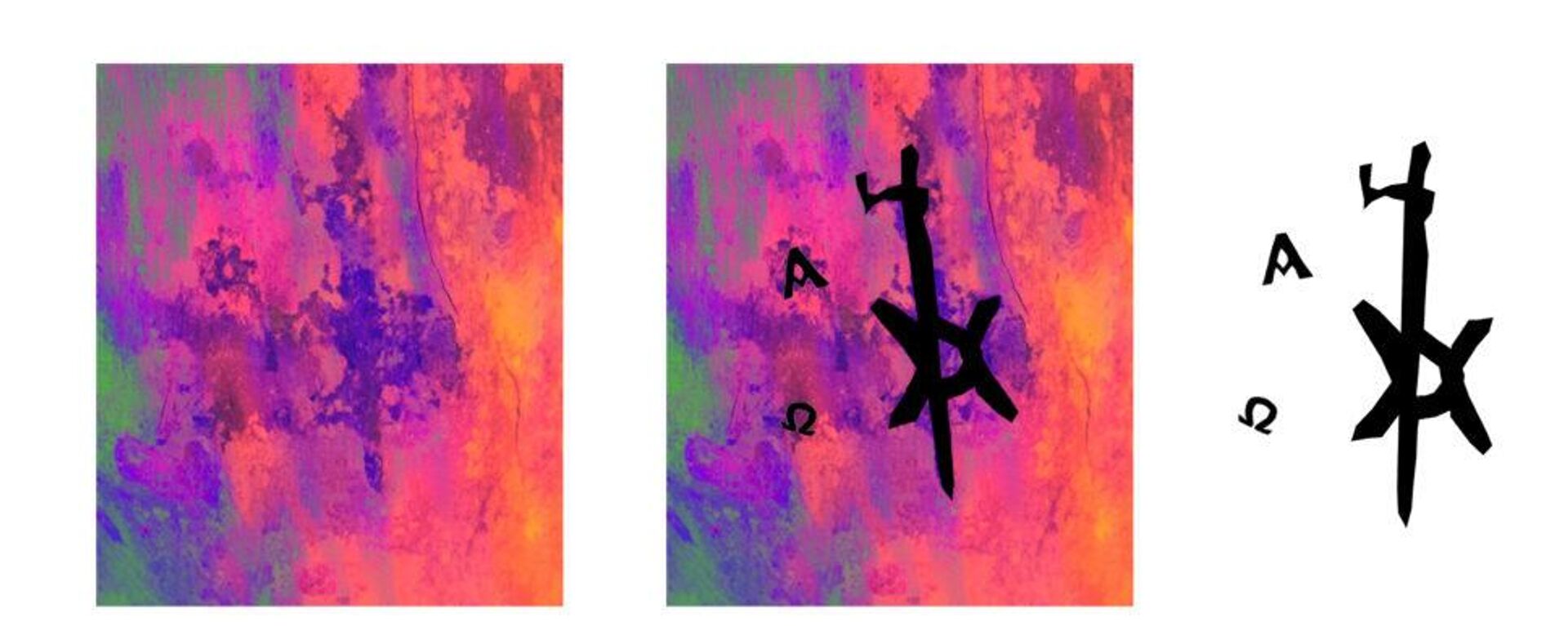https://sputnikglobe.com/20240312/turkish-archaeologists-discover-11000-year-old-evidence-of-body-piercings-1117266683.html
Turkish Archaeologists Discover 11,000-Year-Old Evidence of Body Piercings
Turkish Archaeologists Discover 11,000-Year-Old Evidence of Body Piercings
Sputnik International
Archaeologists have discovered evidence of body piercing among prehistoric peoples. Over 106 ornamental pieces have been found in southeast Turkiye, suggesting it was a cultural practice of social significance.
2024-03-12T14:06+0000
2024-03-12T14:06+0000
2024-03-12T14:06+0000
beyond politics
newsfeed
turkiye
mardin
https://cdn1.img.sputnikglobe.com/img/07e8/03/0b/1117266501_105:0:1479:773_1920x0_80_0_0_66e69a65aee41f416ef01208f003e474.png
Turkish archaeologists have found the oldest-yet evidence of body piercing in human remains dating back 11,000 years. The findings, published in the journal Antiquity, suggests that the practice had a social significance.The body ornaments were found next to the ears and chins of excavated human remains, suggesting they were worn like modern-day piercings.The team observed that only adults had piercings, indicating that they were part of a rite of passage into adulthood.The team unearthed more than 106 ornaments buried in the graves of individuals dating back 11,000 years at the Boncuklu Tarla, a Neolithic settlement in the present-day Mardin province in southeast Turkiye.The ornamental pieces were crafted from raw materials like river pebbles, limestone, chlorite, flint, obsidian and copper.Eighty-five of the ornaments found were complete. According to the paper, the sizes and shapes of the jewellery suggest the pieces were suited for ear and mouth decorations.The ornaments were not found in child burials at the excavation site.
https://sputnikglobe.com/20231024/tattoo-referencing-christ-unearthed-in-sudan-on-1300-year-old-excavated-body-1114439297.html
turkiye
mardin
Sputnik International
feedback@sputniknews.com
+74956456601
MIA „Rossiya Segodnya“
2024
Chimauchem Nwosu
https://cdn1.img.sputnikglobe.com/img/07e7/09/01/1113046371_0:99:1536:1635_100x100_80_0_0_9c5c627283eca931c39fe4852bbb301c.jpg
Chimauchem Nwosu
https://cdn1.img.sputnikglobe.com/img/07e7/09/01/1113046371_0:99:1536:1635_100x100_80_0_0_9c5c627283eca931c39fe4852bbb301c.jpg
News
en_EN
Sputnik International
feedback@sputniknews.com
+74956456601
MIA „Rossiya Segodnya“
Sputnik International
feedback@sputniknews.com
+74956456601
MIA „Rossiya Segodnya“
Chimauchem Nwosu
https://cdn1.img.sputnikglobe.com/img/07e7/09/01/1113046371_0:99:1536:1635_100x100_80_0_0_9c5c627283eca931c39fe4852bbb301c.jpg
turkish archaeologists, earliest proof of body piercing, human remains, boncuklu tarla neolithic settlement in turkiye, mardin province turkiye, ornamental pieces for body piercing, ear and mouth ornamental decorations, child burials, ancient piercings, ornamentation practices.
turkish archaeologists, earliest proof of body piercing, human remains, boncuklu tarla neolithic settlement in turkiye, mardin province turkiye, ornamental pieces for body piercing, ear and mouth ornamental decorations, child burials, ancient piercings, ornamentation practices.
Turkish Archaeologists Discover 11,000-Year-Old Evidence of Body Piercings
Archaeologists have discovered evidence of body piercing among prehistoric peoples. Over 106 ornamental pieces have been found in southeast Turkiye, suggesting it was a cultural practice of social significance.
Turkish archaeologists have found the oldest-yet evidence of body piercing in human remains dating back 11,000 years.
The findings, published in the journal
Antiquity, suggests that the practice had a social significance.
The body ornaments were found next to the ears and chins of excavated human remains, suggesting they were worn like modern-day piercings.
The team observed that only adults had piercings, indicating that they were part of a rite of passage into adulthood.
The team unearthed more than 106 ornaments buried in the graves of individuals dating back 11,000 years at the Boncuklu Tarla, a Neolithic settlement in the present-day Mardin province in southeast Turkiye.
The ornamental pieces were crafted from raw materials like river pebbles, limestone, chlorite, flint, obsidian and copper.

24 October 2023, 00:50 GMT
Eighty-five of the ornaments found were complete. According to the paper, the sizes and shapes of the jewellery suggest the pieces were suited for ear and mouth decorations.
The ornaments were not found in child burials at the excavation site.
"It shows that traditions that are still very much part of our lives today were already developed at the important transitional time when people first started to settle in permanent villages in western Asia more than 10,000 years ago," said Dr. Emma Baysal, co-author of the paper "They had very complex ornamentation practices involving beads, bracelets, and pendants, including a highly developed symbolic world which was all expressed through the medium of the human body."




